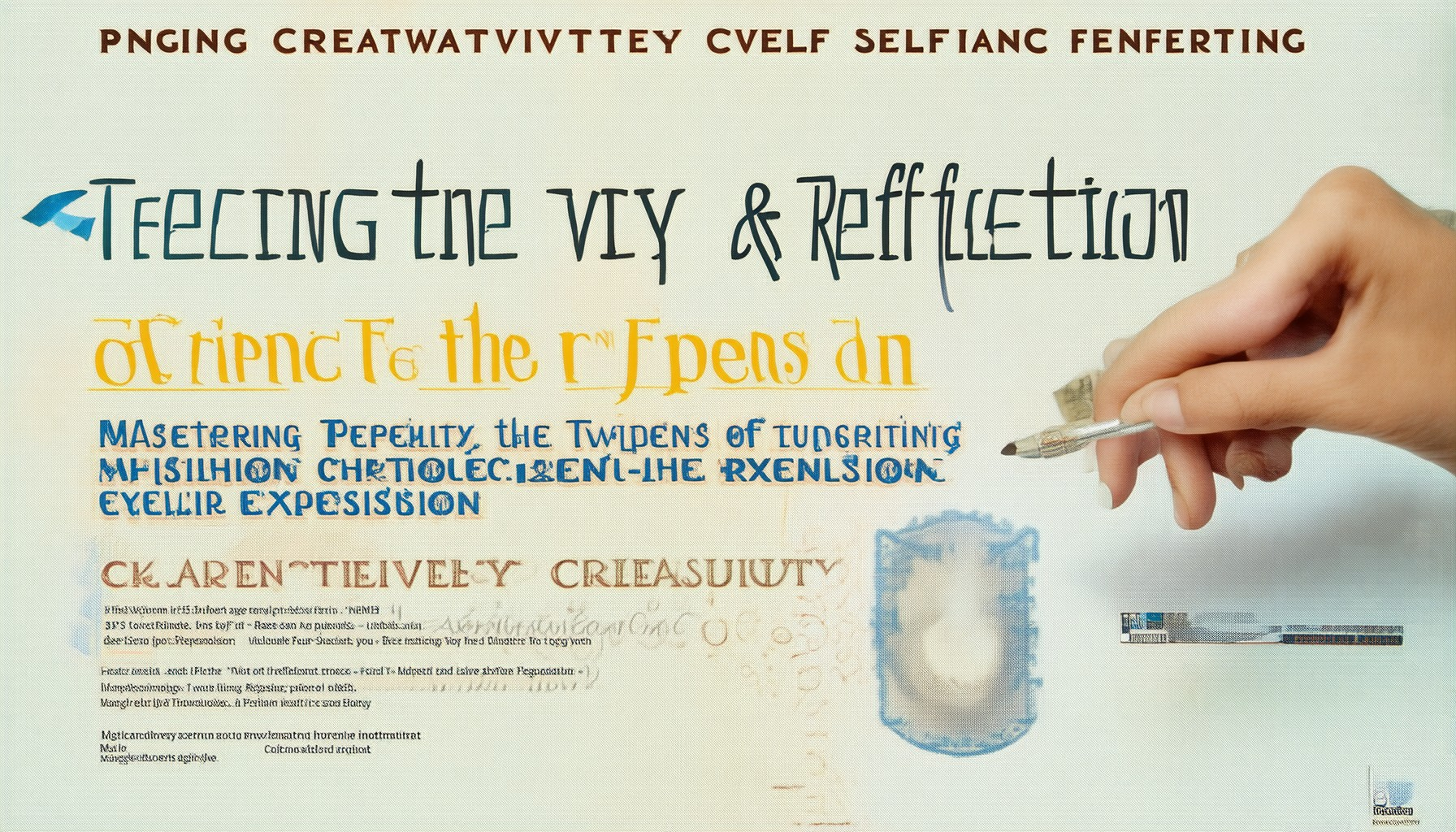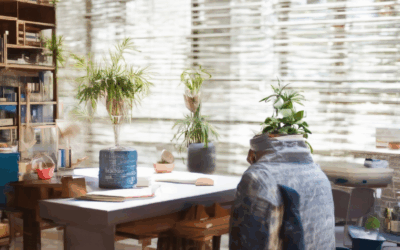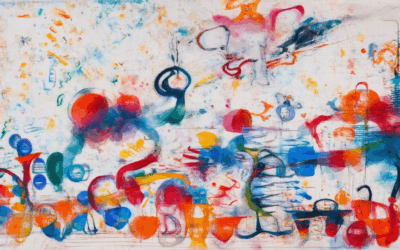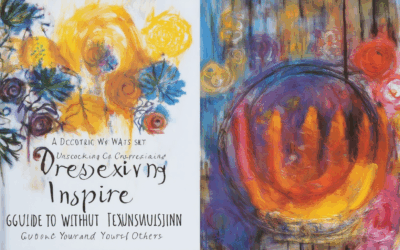In a world driven by innovation and personal growth, creativity and self-reflection stand as cornerstones of progress. Creativity, often described as the spark of original thought, is a catalyst for personal and professional development, while self-reflection offers the lens through which we can better understand our thoughts, emotions, and actions. These two pillars—creativity and self-reflection—are not merely abstract concepts but practical tools that empower individuals to navigate life’s challenges, unlock hidden potential, and foster meaningful connections. This article delves into the intricate dance between these two forces, exploring how they intersect, evolve, and inspire. By examining real-world examples, educational applications, and psychological frameworks, we will uncover how creativity and self-reflection can illuminate our paths, fuel creative expression, and cultivate a deeper sense of self-awareness. Whether you’re an aspiring artist, a career professional, or someone seeking personal growth, this exploration will provide valuable insights and practical tools to embark on your own creative reflection journey.
Key Takeaways
- Creative Reflection Fosters Self-Discovery and Emotional Release Through Introspective Activities
- Engage in Visual Arts, Writing, Music, Dance, or Design to Express Your Inner World
- Carve Out Dedicated Time for Creative Reflection to Enhance Problem-Solving Skills and Personal Growth
- Discover Creative Inspiration With Patrick Mettraux’s Insights on Personal Narratives and Artistic Expression
- Understand Reflection Spans Artistic Introspection to Physical and Mathematical Concepts

The Relationship Between Creativity and Reflective Practice
Creativity and reflective practice are deeply intertwined, each serving as a catalyst for the other. While creativity is often associated with generating new ideas and innovative thinking, reflective practice plays a crucial role in refining those ideas and fostering growth. Here’s a breakdown of their relationship:
Creativity Fuels Reflective Practice
Creativity is the spark that initiates the process, but reflective practice helps sustain and evolve it. By reflecting on your creative outputs, you gain insight into your process, allowing you to identify strengths, weaknesses, and opportunities for improvement. This self-awareness becomes a powerful tool for further creativity, as it enables you to approach challenges with fresh perspectives and confidence.
Reflective Practice Enhances Creativity
Reflective practice acts as a mirror, showing you the gaps in your current approaches. It helps you question assumptions, explore alternative viewpoints, and push boundaries. For instance, reflecting on past projects can reveal patterns in your creative process, enabling you to experiment with new techniques or styles. This iterative cycle of creation and reflection is what drives sustained innovation.
Examples of Their Interplay
Consider an artist who creates a series of works. During the creation phase, they may feel inspired by a particular theme or medium. However, it’s during the reflective phase—when they analyze their pieces—that they discover a new direction or style. This back-and-forth between creating and reflecting ensures that their work evolves, becoming more nuanced and impactful.
Practical Applications
In professional settings, teams often use reflective practices to enhance creativity. For example, after completing a project, team members might engage in a structured reflection session to discuss what worked well, what could have been improved, and how they can apply these lessons to future endeavors. This approach not only strengthens individual creativity but also builds a collective intelligence that drives organizational success.
By embracing both creativity and reflective practice, individuals and organizations can unlock new possibilities, adapt to changing environments, and achieve extraordinary outcomes.
How Does Creativity Help Self-Expression?
Creativity is a powerful tool for self-expression, allowing individuals to communicate their unique perspectives and emotions in meaningful ways. It serves as a bridge between internal thoughts and external manifestation, helping people connect with themselves and their surroundings.
- Personal Growth and Identity Formation: Creativity fosters introspection, enabling deeper understanding of one’s values, beliefs, and aspirations. By exploring diverse ideas and expressions, individuals can discover their true selves and articulate their individuality effectively.
- Emotional Processing and Release: Engaging in creative activities can provide an outlet for pent-up emotions, thoughts, or experiences. Whether through painting, writing, or music, creativity allows for a safe space to explore complex feelings and find resolution.
- Social Connection and Collaboration: Creativity can facilitate connections with others, whether in group projects, performances, or shared creative endeavors. It promotes teamwork and empathy, fostering stronger interpersonal relationships.
- Problem-Solving and Innovation: Creativity encourages innovative thinking, essential for overcoming challenges and driving progress. By approaching problems from fresh angles, individuals can develop unique solutions and contribute positively to their environment.
Ultimately, creativity is a dynamic process that empowers individuals to express themselves authentically, fostering personal growth and enriching their lives. It is through this exploration that we uncover our true potential and inspire others.
For further inspiration and insights, visit Patrick Mettraux , a platform dedicated to exploring and encouraging the creative journey.

What is Maslow’s Theory of Creativity?
Maslow’s theory of creativity is a psychological concept introduced by Abram Maslow , a prominent psychologist and researcher, as part of his broader hierarchy of human motivation. According to Maslow, creativity is a fundamental aspect of human growth and self-actualization, reflecting the full potential of human intelligence.
Key components of Maslow’s theory of creativity include:
- Intrinsic Motivation: Creativity arises from an individual’s internal drive to express themselves authentically, rather than external pressures or rewards.
- Context Dependence: While creativity can occur at any stage of life, it is most pronounced when individuals are functioning at their peak intellectual capacity, often after meeting their basic needs (e.g., safety, food, shelter).
- Purposeful Process: Maslow emphasized that creativity is not merely a random act but a deliberate and purposeful process aimed at generating novel and meaningful ideas.
- Novelty and Meaning: Creativity, as defined by Maslow, involves the creation of something new, unique, and meaningful, rather than simply imitating existing ideas or processes.
Maslow also argued that creativity is a critical component of self-actualization, the highest level of human motivation. He believed that individuals are most creative when they are fully engaged in pursuing their passions and interests, free from fear and doubt.
By understanding and applying Maslow’s theory of creativity, individuals can better appreciate the role of creativity in personal growth and development, fostering a deeper sense of fulfillment and satisfaction in their lives.

What is a Creative Reflection?
Creative reflection is a dynamic process that involves expressing your thoughts, feelings, and experiences through creative means. It allows individuals to explore their inner world, uncover hidden emotions, and gain deeper self-insight. By engaging in creative activities, you can tap into your intuition and connect with your true self.
Benefits of Creative Reflection
- Self-Discovery : Engaging in creative reflection often leads to greater self-awareness, helping you understand your strengths, weaknesses, and values better.
- Emotional Release : Creating can be a powerful tool for emotional release, allowing you to process and express complex emotions that might otherwise go unnoticed.
- Problem Solving : Many find that creative reflection enhances problem-solving abilities by fostering innovative thinking and fresh perspectives.
Forms of Creative Reflection
- Visual Arts : Painting, drawing, or collage-making are common ways to explore your inner world.
- Writing : Journaling, poetry, or storywriting can provide a medium for self-expression and introspection.
- Music and Dance : Creating music or dancing can be deeply expressive, allowing you to move beyond words and reach emotional depths.
- Design and Craft : Working with materials like clay or fabric can be therapeutic and offer a hands-on approach to reflection.
How to Incorporate Creative Reflection into Daily Life
- Set aside dedicated time : Allocate a portion of your day for creative reflection, even if it’s just a few minutes.
- Experiment with different mediums : Try various creative outlets to see which ones resonate most with you.
- Be open to intuition : Trust your instincts and allow the creative process to unfold naturally.
Exploring Creativity with Patrick Mettraux
For those seeking inspiration and deeper understanding of creativity, Patrick Mettraux offers valuable insights. His blog explores personal narratives, artistic perspectives, and tips for nurturing creativity, making it a rich resource for anyone on their creative journey.
By embracing creative reflection, you unlock new dimensions of your potential and discover a more authentic version of yourself.
Types of Reflection
Reflection can be categorized into several distinct types depending on the context:
- Physical Reflections: In physics, reflection involves the bending of light or other forms of electromagnetic radiation at the interface between two media. There are three primary types:
- Regular Reflection: Light slows down and then speeds up upon entering a medium.
- Specular Reflection: Light reflects off a smooth, flat surface, such as a mirror.
- Retroreflection: Light reflects backward, often seen in applications like car side mirrors.
- Mathematical Reflections: In geometry, reflection refers to the transformation of a point or shape across a line or plane. This type of reflection is characterized by reflection symmetry, where shapes or figures are mirrored along an axis.
- Artistic Reflections: In art and philosophy, reflection often pertains to self-contemplation or introspection. This type of reflection encourages individuals to examine their beliefs, actions, and experiences to foster personal growth and understanding.
- Computer Graphics Reflections: In rendering, reflection refers to the simulation of how light interacts with objects. This includes both geometric reflection, which simulates the path of light, and texture-based reflection, which enhances realism by considering the texture and properties of materials.

How to Start a Creative Reflection
To begin a creative reflection, follow these organized steps:
- Define Your Purpose : Clearly identify why you’re reflecting. Are you seeking personal growth, understanding your thoughts, or enhancing a particular skill?
- Choose Your Medium : Select the tool that suits you best—whether it’s a notebook, digital app, voice notes, or visual formats like art journals.
- Set Intentions : Establish flexible guidelines to focus your reflection, allowing room for spontaneity and exploration.
- Use Prompts for Inspiration : Consider questions or exercises that encourage deep thinking and emotional exploration.
- Create a Supportive Environment : Reflect in a calm, distraction-free space that enhances your focus, such as a quiet corner or nature-filled area.
- Consider Timing : Choose a time when you’re most alert, whether morning or evening, depending on your schedule.
- Establish Frequency : Decide on a consistent reflection schedule, balancing consistency with avoiding burnout.
- Review Past Reflections : Periodically revisit your entries to track growth and changes in your mindset.
By following these steps, you can effectively initiate and sustain a meaningful creative reflection practice.





0 Comments